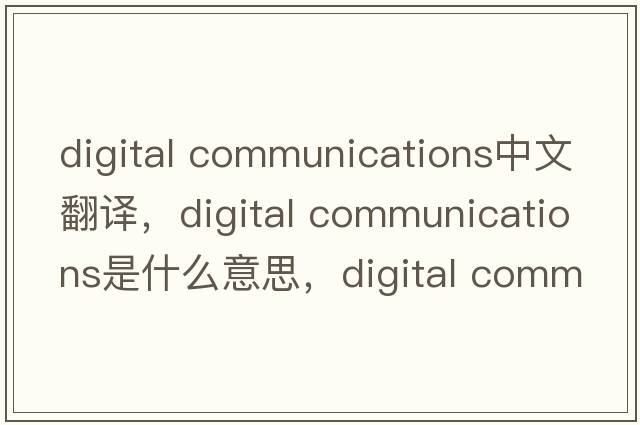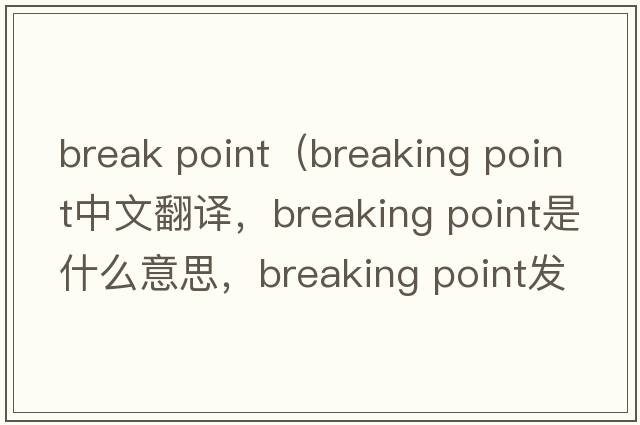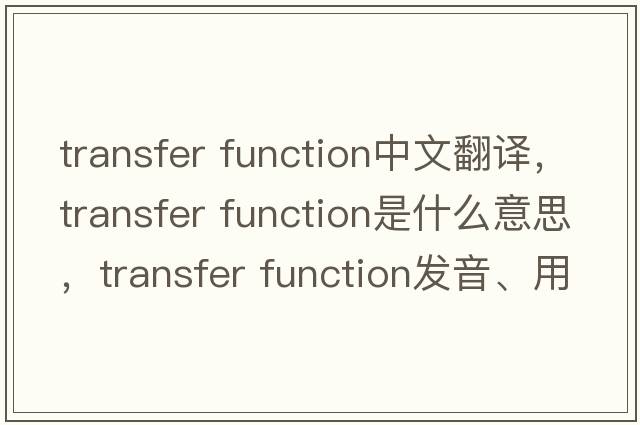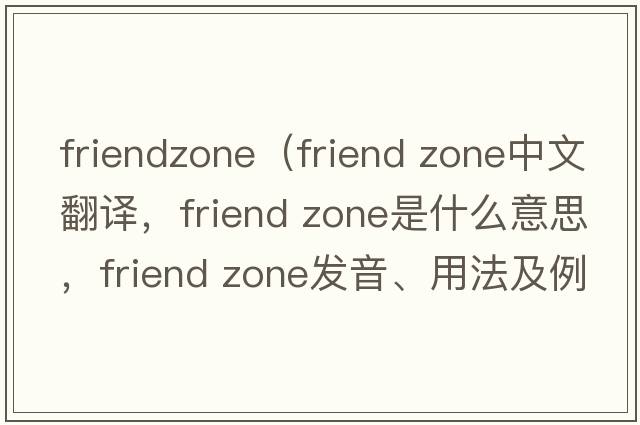calamity wiki中文翻译,calamity wiki是什么意思,calamity wiki发音、用法及例句

1、calamity wiki
calamity wiki发音
英: 美:
calamity wiki中文意思翻译
常见释义:
灾难维基
calamity wiki相似词语短语
1、calamites───n.[古植]芦木(calamite的复数);(欧洲)芦木属
2、calamata olive───卡拉马塔橄榄
3、calamite───n.[古植]芦木
4、calamitous───adj.灾难的,悲惨的;不幸的
5、cavity wall───[建]空心墙
6、calamity───n.灾难;不幸事件;n.(Calamity)人名;(英)卡拉米蒂
7、Calamity Jane───珍妮的遭遇(**名称);女侠简恩;灾难的简
8、calamitously───adv.灾难地;悲惨地
9、calamities───灾害
2、介绍旧金山[San Francisco]的英文短篇
San Francisco
San Francisco is an exciting and beautiful city. It rises on a steep, hilly peninsula between the Pacific Ocean and San Francisco Bay in western California. The strait between these two bodies of water is known as the Golden Gate. San Francisco Bay is one of the finest natural harbors in the world. Its port facilities handle much of the West Coast's import and export trade. And the city of San Francisco is often regarded as the gateway to the Far East.
San Francisco is important in both banking and insurance. It is also the western headquarters of the communications industry, as well as a variety of manufacturing and processing businesses.
San Francisco is the home of about 680,000 people. Together with Oakland, across the bay, it is the center of a metropolitan area of five times that number. San Francisco's population long has been a cross section of the world's. People came from all over the globe, from the east and west, and settled in this cosmopolitan city. More than 60,000 of its citizens are of Chinese origin. Russian Hill was named for the nationality of the people who lived there in early days. There are also many persons of German, Irish, Italian, Mexican, Filipino, and English origin.
From the Twin Peaks, which dominate the center of the city, one looks straight down Market Street to the bay. Another magnificent view is from Coit Memorial Tower on Telephone Hill. From there it is possible to see the entrance to the bay, the cities on its eastern side, and the great span of the Golden Gate Bridge.
San Francisco's famous Chinatown -- the largest in the United States -- is along Grant Avenue and nearby streets. It is a colorful district of Chinese shops, restaurants, and temples.
Institutions of higher education in the city include San Francisco State University and the University of San Francisco. The original campus of the University of California is in Berkeley, just across the bay. Among the city's notable museums are the California Palace of the Legion of Honor, located in a spectacular setting overlooking the Pacific Ocean, and the Museum of Modern Art, in the downtown Civic Center.
After having to start this guide the past few years with the announcement that San Francisco is still recovering from the repercussions of the dot.com crash, the terrorist attacks of September 11, 2001, a dramatic influx of new residents (up 13% since the '90s), and the general economic strains of 2002 and 2003, there's great news to report: San Francisco has definitely been on an upswing.
Of course, even during harder times, the City by the Bay was still a fantastic place to visit. So much so, in fact, that in late 2004 it was ranked the #1 American city by Condé Nast Traveler readers for the twelfth year in a row.
Even if you've never been to San Francisco, you probably already have an idea of some of its classic offerings: stunning bay vistas, Victorian architecture, swank boutiques, killer restaurants, walkable beaches, those oh-so-charming cable cars, the trademark dash of liberalism, and only-in-San Francisco style (remember the gay marriages of 2004?), all of which is tightly tucked into about 7 miles squared. The recent changes -- new restaurants and hotels, renovated museums, an overall sense of optimism -- may not seem apparent to the first-time visitor, but to us locals it's obvious and very welcome: The city feels exciting again.
So, what can you expect from the country's most romantic European-style city, which was founded on -- and still revels in -- the pioneers' boom-or-bust lifestyle? Whatever your heart desires! Like an eternal world's fair, it's all happening in San Francisco, and everyone's invited.
The Great 1906 San Francisco Earthquake
The California earthquake of April 18, 1906 ranks as one of the most significant earthquakes of all time. Today, its importance comes more from the wealth of scientific knowledge derived from it than from its sheer size. Rupturing the northernmost 296 miles (477 kilometers) of the San Andreas fault from northwest of San Juan Bautista to the triple junction at Cape Mendocino, the earthquake confounded contemporary geologists with its large, horizontal displacements and great rupture length. Indeed, the significance of the fault and recognition of its large cumulative offset would not be fully appreciated until the advent of plate tectonics more than half a century later. Analysis of the 1906 displacements and strain in the surrounding crust led Reid (1910) to formulate his elastic-rebound theory of the earthquake source, which remains today the principal model of the earthquake cycle.
At almost precisely 5:12 a.m., local time, a foreshock occurred with sufficient force to be felt widely throughout the San Francisco Bay area. The great earthquake broke loose some 20 to 25 seconds later, with an epicenter near San Francisco. Violent shocks punctuated the strong shaking which lasted some 45 to 60 seconds. The earthquake was felt from southern Oregon to south of Los Angeles and inland as far as central Nevada. The highest Modified Mercalli Intensities (MMI's) of VII to IX paralleled the length of the rupture, extending as far as 80 kilometers inland from the fault trace. One important characteristic of the shaking intensity noted in Lawson's (1908) report was the clear correlation of intensity with underlying geologic conditions. Areas situated in sediment-filled valleys sustained stronger shaking than nearby bedrock sites, and the strongest shaking occurred in areas where ground reclaimed from San Francisco Bay failed in the earthquake. Modern seismic-zonation practice accounts for the differences in seismic hazard posed by varying geologic conditions.
As a basic reference about the earthquake and the damage it caused, geologic observations of the fault rupture and shaking effects, and other consequences of the earthquake, the Lawson (1908) report remains the authoritative work, as well as arguably the most important study of a single earthquake. In the public's mind, this earthquake is perhaps remembered most for the fire it spawned in San Francisco, giving it the somewhat misleading appellation of the "San Francisco earthquake". Shaking damage, however, was equally severe in many other places along the fault rupture. The frequently quoted value of 700 deaths caused by the earthquake and fire is now believed to underestimate the total loss of life by a factor of 3 or 4. Most of the fatalities occurred in San Francisco, and 189 were reported elsewhere.
版权声明: 本站仅提供信息存储空间服务,旨在传递更多信息,不拥有所有权,不承担相关法律责任,不代表本网赞同其观点和对其真实性负责。如因作品内容、版权和其它问题需要同本网联系的,请发送邮件至 举报,一经查实,本站将立刻删除。














